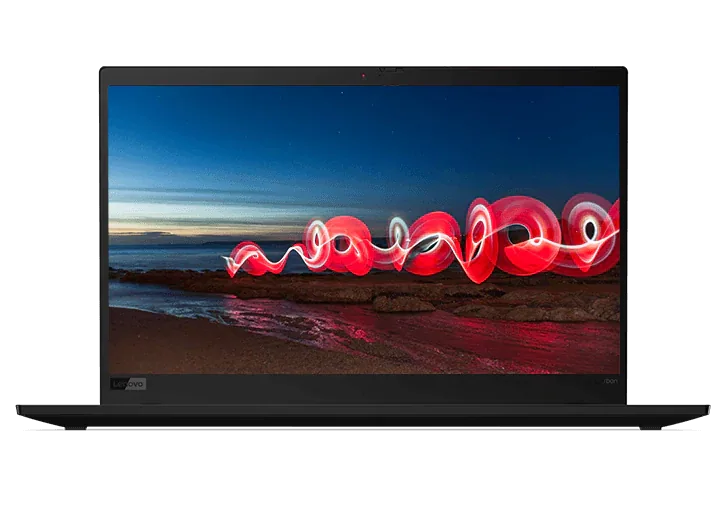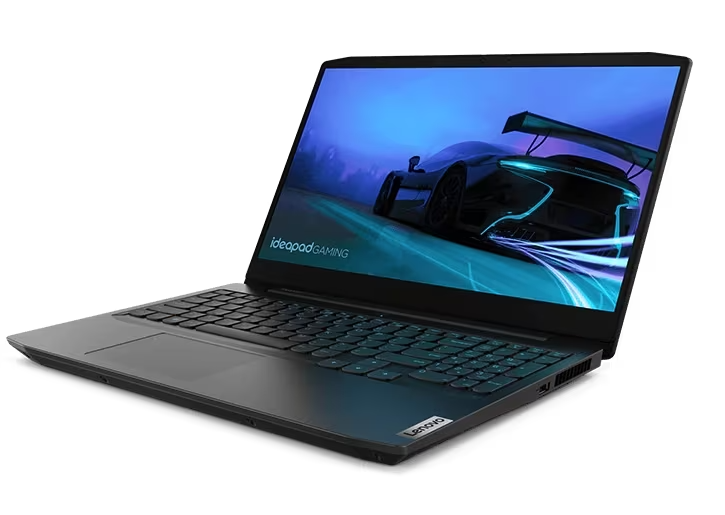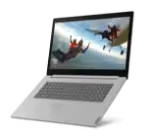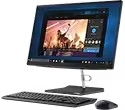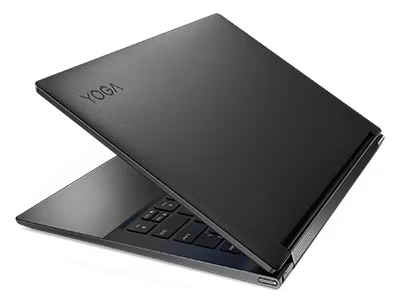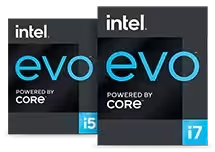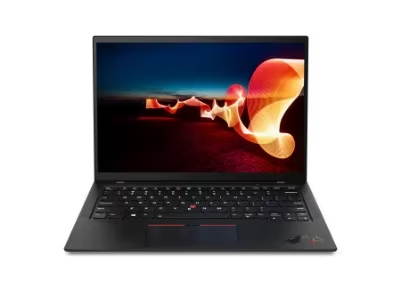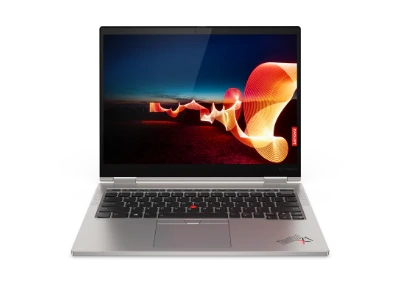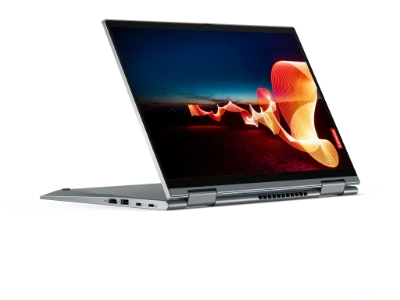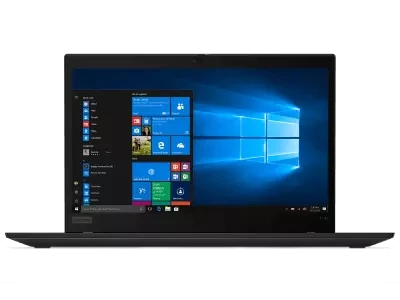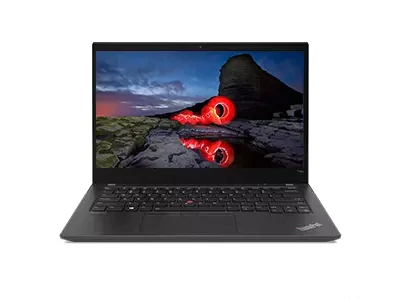What's the best student laptop?
When shopping for the best laptop for school or college, you should try to future-proof the system -- within your budget -- so it will fit the student's educational and lifestyle needs both today and when they are completing their curriculum in several years. This FAQ will help you balance the cost of each new feature against the benefit it will provide, now and tomorrow.
Forget about finding the best laptop for all students. Find the right laptop for ONE student by considering their personal feature and specification needs in the broad categories described below. When you're ready, you can browse through our wide selection of Lenovo student laptops, including Yoga laptops that feature built-in tablet touch screens.
Is a laptop the best choice for students?
The market itself has answered this question: yes, the vast majority of students use laptops as their primary computing device (not counting smartphones, etc.). The rare student who won't ever work outside the dorm room might be able to use a desktop PC or even a workstation. And some students, such as artists who are already adept at using touch screens for creative work, might choose a 2-in-1 that's both a laptop and a tablet. But laptops are the clear student choice.
The portability of a laptop makes it ideal for everything from classroom note-taking to library research to science field work. [Not to mention streaming movies, posting on Facebook, editing photos for Instagram, and all the other important parts of student life!] Netbooks and Chromebooks -- the more economical, laptop-like devices built mostly for web surfing and using cloud applications -- are even more portable than laptops, but their very small size limits their usability for students facing long hours of study each day.
Budget laptops for students
As you'll see in the sections below, each key laptop specification includes a wide range of performance options (faster or slower processors, different display technologies, and so on). It's easy to spend a lot of money. But you don't have to. Here are some ways to save on a student laptop:
- Processors with multiple cores and clock speeds over 4.0 GHz are the new top of the line. But the vast majority of students will do fine with anything over 2.0 GHz, especially if it's multi-core.
- Hard drive size is less important thanks to cloud storage and music/video streaming. If you find the right price and specs, don't worry if the system has limited internal storage.
- Unless the laptop will also be used for advanced streaming games or computer-assisted design, a Full HD (1080p) display will suit most students.
- Don't buy add-on word processing or spreadsheet software until you ask about school discounts or the availability of cloud-based versions of these tools (sometimes provided by the school).
Additional money saving tips are presented later in this FAQ, in the section "Other factors to consider in a student laptop."
Screen size, weight and battery life
The first choice you'll face is three-fold: picking the laptop's screen size and, with that, its weight and battery life (time unplugged). For most students, screen size and weight will be the determining factors, especially where electrical outlets are easy to find. For others, who might anticipate lots of travel or remote study locations, the need for lighter weight or longer battery life might outweigh the value of a bigger display.
Screen size:
First, know that improving display technology (Full HD, Quad HD, etc.) has enabled impressive viewability in all laptops. So, the decision will be less about clarity than functionality. And it's a sliding scale: students who mostly read documents and write text can utilize smaller (but not too small) screens while those whose learning involves more visual or creative activities can benefit from larger ones.
The consensus among technology writers and analysts is that a 13-inch laptop -- give or take an inch -- could be a good, middle-of-the road choice for most students. It would be easy to carry, big enough for most detailed work, and small enough to fit in a backpack or on a crowded study table. And for buyers who anticipate extra long hours of on-screen learning, nearly every model available includes a port to attach a larger, external monitor.
Weight:
Weight is determined largely by screen size -- each added inch brings added ounces of plastic and metal to support it. Other factors that can influence a laptop's weight include the number of batteries (dual-battery models are increasingly popular), the type of storage (traditional hard drives are heavier than solid state ones), whether it has integrated peripherals such as DVD drives, and the presence (or not) of any durability or hardening features.
What's the sweet-spot for laptop weight? Most buying guides say it's about 4 lbs, give or take. If that's too heavy for a particular student, consider splitting your purchase and adding one of the low-cost laptop alternatives mentioned above -- take the ultra-portable to class, save your notes to a cloud storage account, then complete the assignment on your laptop back at the dorm.
Battery life:
These days, if a laptop manufacturer isn't offering battery life of 8-12+ hours, you should probably keep looking. Some new models with dual-battery configurations offer unplugged work time of 20 hours or more, and the ability to change batteries without shutting down (Lenovo calls this feature Power Bridge). But where is the typical student in this range of available unplugged times? Consider these factors:
- How big is it? Screen size is a key factor in battery life. If you need a bigger display, you'll get less time unplugged.
- How will you use it? Word processing consumes little power compared to streaming games or complex artistic or rendering programs.
- Where will you use it? Battery life might be critical for marine field work, but far less so in the dorm or library.
There's also a new battery-related term to know: watt-hours or Wh. Most manufacturers have added Wh their published specifications to describe the amount of energy stored in the battery rather than the amount of usage time the battery will provide. Many experts consider Wh to be a more useful term, as it is independent of how the battery will be used (word processing versus gaming, with or without peripherals such as smartphones attached, etc).
Processor, RAM and storage
Student laptop shoppers will also need to evaluate the specifications and descriptions for processing power, RAM, and permanent storage. Storage is less important today (see below). RAM shopping is easy: 4 GB is the minimum, 8 GB is considered typical, and the ability to add more RAM chips is a useful option. But it is processor (CPU) power that truly matters from an educational/work product perspective, since it determines how much your laptop can accomplish for you (and how fast).
First, a note about storage. The size of the disk space in a new laptop is less important since the advent of the cloud, which provides new options for storing files and hosting applications, and from which students can, for example, stream music rather than downloading and saving it. However, the TYPE of storage you choose can make a difference. Traditional spinning had drives are economical and still very popular, but they're slower than solid-state drives, which have no moving parts and thus can accelerate boot-up speed, program launch times, and so on.
In terms of the CPU, despite its importance, most student laptop buyers will find chasing the latest/greatest CPU to be a fool's errand -- and an expensive one. Any CPU released within the last 1-2 years will typically provide around 2.0 GHz -- or more -- of "power," which in a CPU refers to the number of instruction cycles it can complete (a 2.0 GHz machine, for example, can make 2 billion cycles per second). But GHz alone is not a strict indicator of a processor's speed, since other factors (advanced memory caching, etc.) can give a processor with fewer GHz more real-world computing ability. This makes the choice of CPU -- more than other laptop specs -- mostly a question of "how much do you want to spend."
Today's best processors include multiple cores (each core is, essentially, a processor unto itself) and within each core have multiple threads (each thread carries separate command/response strings for whatever programs happen to be running). These new CPUs further multiply their computational power with new methods of using the threads simultaneously and offer new cooling methods to offset the heat generated by all the extra electrical activity.
A FAQ file like this one can't keep up with each new CPU release, so buyers who are concerned with the relative newness of their processor technology should consult online sources such as Wikipedia to learn about the latest CPUs from Intel and AMD. As of mid-2018, the companies were releasing their latest seventh- and eighth-generation mobile processors:
Intel:
- Seventh-generation ("Kaby Lake" microarchitecture)
- Eighth-generation ("Coffee Lake" microarchitecture)
AMD:
- Seventh-generation ("Zen" microarchitecture)
Other factors to consider in a student laptop
Of course, there's much more to consider than just the top-line specifications. Here's a quick rundown of some additional feature choices you'll face when shopping for a student laptop.
Graphics capabilities: You'll have to choose between systems with integrated graphics (which generate images from within or very near the main CPU chip) or ones with dedicated graphics cards (sometimes called Graphics Processing Units (GPUs)), which are placed separately on the motherboard, are typically more powerful, and sometimes carry additional cooling features to enable them to speedily render highly complex graphics and images. Most student users will be satisfied with integrated graphics, but dedicated GPUs might be best for those who intend to also play advanced computer games or whose course of study (such as engineering, videography, etc.) involves the creation or rendering of complex images or artwork.
Wireless connectivity: Once an option, screaming fast wireless is now essential in student laptop -- not just for research but for lifestyle activities such as movie streaming and social media. The latest wireless standard to look for is 802.11ac, which has a theoretical maximum of 1300 megabits per second (Mbps), approx. three times that of the previous consumer standard, 802.11n.
Ports and accessories: When it comes to USBs, the more the better, especially with all of the peripherals, such as smartphones, that a student might need to plug in. The same goes for external connection options (HDMI, DVI-D, USB Type-C); the more you have, the greater your flexibility. Other features and accessories are less vital. Does a student need an integrated DVD drive? Perhaps, but they're getting harder to find, especially in smaller models where manufacturers need space to fit other features such as fans or extra batteries. Does a student need a printer? Maybe, but many schools now allow work to be submitted electronically, so check before buying, or wait to buy a printer until a few weeks into the first semester.
Durability and protection: Laptops with added features for hard use or rugged environments are already popular in industrial settings and are quickly moving into the student market, too. Models with spill-proof keyboards (in which any small amounts of liquid are directed away from the interior electrical components) are ideal for students and available in every price category. More expensive models might use magnesium alloy or carbon fiber construction to protect against short drops or falls, and some laptops (and laptop cases) are put through military-level durability tests (MIL-SPEC 810G, for example).
Pre-loaded consumer software: Most computer shoppers are familiar with the kinds of add-on deals they'll be offered to purchase pre-loaded word processing, presentation, and other software. Before buying, check with the student's school to see if they already offer cloud-based versions of such programs, which could be cheaper (or even free). And note that pre-loaded software can still be a good deal. Manufacturers such as Microsoft have long offered special discounts for students and having the software resident on the machine (versus relying on cloud-based apps) could be essential if working beyond the reach of wireless networks.
Technical support and warranty options: Depending on the student's technical know-how, the quality and availability of technical support from the laptop manufacturer could be an important factor, so consider checking the online forums where these matters are discussed. And check the length and terms of the laptop warranty. If you truly need a new student laptop to last 4-5 years, consider the cost-benefit value of any extended warranty that might be offered.
Keyboard comfort and clickety-clack: If you're the kind of buyer who evaluates everything down to the 10th or 12th line of specs, you might want to evaluate (or test if shopping in person) the sound and feel of the keyboard. Taking notes in class or working in the library are great, but there might be some dirty looks from others if every key-press generates an ugly click or clack.
